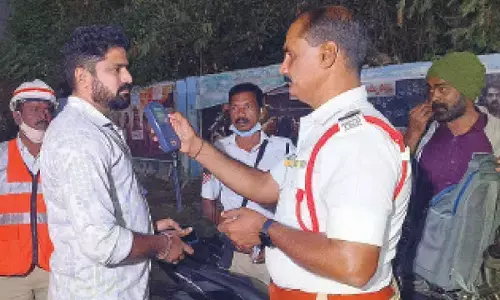What is Act East Policy?

What is Act East Policy? India’s Prime Minister Narendra Modi used the latest ASEAN summit in Myanmar’s capital Naypyidaw in latter part of last year to unveil India’s new “Act East Policy,” and convince his Southeast Asian counterparts that his government is serious about boosting ties with the region.
India’s Prime Minister Narendra Modi used the latest ASEAN summit in Myanmar’s capital Naypyidaw in latter part of last year to unveil India’s new “Act East Policy,” and convince his Southeast Asian counterparts that his government is serious about boosting ties with the region.
“A new era of economic development, industrialization and trade has begun in India. Externally, India’s ‘Look East Policy’ has become ‘Act East Policy,’” Modi told the ASEAN-India Summit on November 12. He reiterated this point in his address at the East Asia Summit on November 13, stressing his government’s attention to the region in the six months since he came to power.
Modi’s remarks are a deliberate attempt to signal a more action-oriented policy towards ASEAN specifically and East Asia more generally, in contrast to India’s original Look East Policy first formulated under Prime Minister Narasimha Rao in the 1990s. The term “Act East“ was first popularized by U.S.
Secretary of State Hillary Clinton in a speech during her visit to India in July 2011, where she encouraged New Delhi “not just to look East, but to engage East and act East.” India's Look East policy represents its efforts to cultivate extensive economic and strategic relations with the nations of Southeast Asia in order to bolster its standing as a regional power and a counterweight to the strategic influence of the People's Republic of China. It was initiated in 1991 by P V Narasimha Rao and rigorously pursued by Atal Bihari Vajpayee and Manmohan Singh.
Modi highlighted specific recommendations to advance ASEAN-India economic relations over the next few years, including establishing a special purpose vehicle for project financing, building information highways, and inviting ASEAN countries to participate in India’s ongoing economic transformation. Modi also touched on the South China Sea in both the ASEAN-India Summit and the East Asia Summit, reiterating the importance for all actors in “following international law and norms on maritime issues.” Thus far, Modi’s message has been well received in Southeast Asia and at home.
















